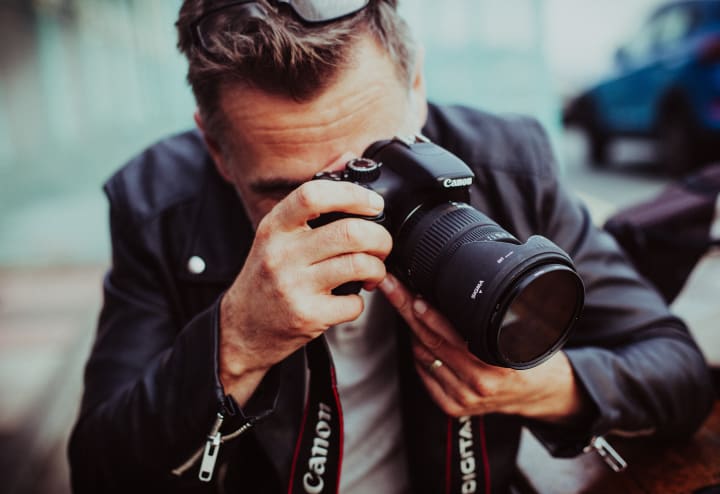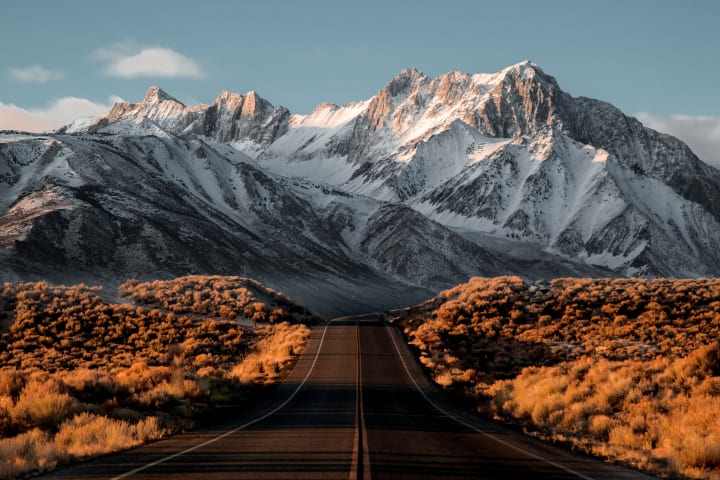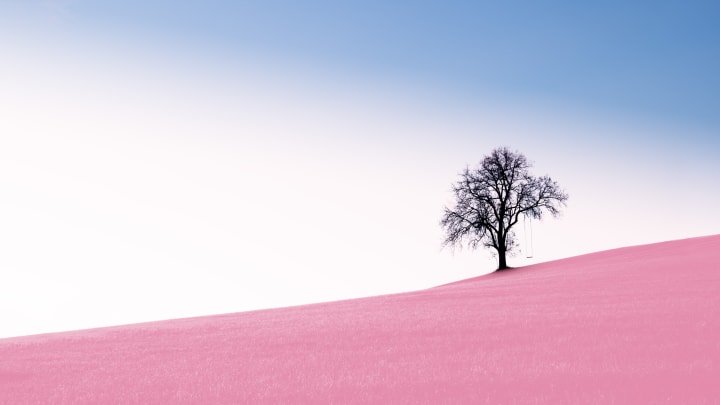10 Different Ways to Use a Wide Angle Lens
Wide angle lenses are an incredibly versatile tool that every photographer should have.

As a photographer, you have a great number of different tools to select from that will truly transform the way that a certain scene is perceived. Wide angle lenses are among the most versatile and important of these tools, as the combination of incredible detail and the massive scale they can shoot at is quite impressive. Although it may take some time to get used to this rather tricky lens, doing so will greatly benefit your photography, and make certain shots simple where they otherwise would not be possible at all. The advantages that wide angle lenses provide will change the way you approach your shot, and knowing how to work around some of the more difficult aspects of this lens that some photographers have trouble with will put you a step above the rest.
By definition, any lens with a focal length that is less than 35mm is considered to be a wide angle lens. This means that the image sensor is 35mm away from the lens itself, and this fixed focal length allows the camera to capture a wider angle of view than the human eye. Typically lenses with shorter focal lengths are reserved for landscape photography, but there are a number of different ways that you can use these prime lenses.
What advantages should you utilize a wide angle lens for?
Perhaps the most notable feature that you will first notice when shooting with an ultra wide angle lens is an immense field of view. This enhanced perspective can be quite a powerful tool if you know how to correctly capture it. Featuring such an exaggerated perspective, wide angle lenses are capable of fitting an incredible amount of space into a single shot.
Get closer to the subject.

When shooting a subject, getting closer will obviously make it appear larger. However, when using a wide angle lens, you are able to get incredibly close to the subject while still keeping everything behind the object in the shot. This is great for capturing small, important details of your subject while still including a vast backdrop at the same time. Though this is typically beneficial, it may also make capturing a particular scene somewhat difficult. It is important to experiment with a wide array of shots whenever possible so that you can see the advantage of using different types of lens in different situations.
Capture vast landscapes within a single shot.

Wide angle lenses truly excel at landscape photography thanks to the immense field of view that they provide. While many people suggest that wide angle lenses shouldn’t be used to simply fit everything into view, they work incredibly well where other lenses cannot. One great example of this would be any photos of Aurora Borealis (the Northern Lights). These photographs typically feature vivid colors in the sky as the main focus, while still capturing the dark, silhouetted landscape below. This is best done with a wide angle lens, as other lenses will not have an expansive enough field of view to capture everything in a single shot.
Utilize distortion.

Since these types of lenses provide a wider field of view, they can often create a distorted view of most any scene. Think of it as almost mimicking ways to use a fisheye lens effect. You can take advantage of this distorted perception in a number of creative ways. When capturing an archway or expansive cathedral style roof, wide angle lenses can help to display these features along with its surroundings. Standard zoom lenses will struggle when trying to shoot from angles like this.
Increase negative space.

While many assume that wide angle lenses are only good at fitting more detail into your scene, sometimes the opposite is true. Utilizing negative space in your photography can create incredibly powerful photos, which make your subject stand out in stark contrast. A wide angle lens is perfect for this, as they allow you to capture your focal point in great detail while producing a large amount of negative space behind. Themes such as isolation or emptiness are incredibly simple to shoot by incorporating empty space with a wide angle lens.
Shoot in portrait orientation.

Contrary to popular belief, wide angle lenses are not exclusively to be used in landscape orientation. In fact, taking vertical shots will allow you to really stretch out the image, allowing you to fit in subjects like skyscrapers or railroads in a unique way. Experimentation is of massive importance when brushing up on tips for mastering your lenses, and shooting vertical shots might just be kind of perspective that takes your shots to a whole different level.
Use leading lines.

The expansive view that is provided with a wide angle lens can become difficult to work with at times. For instance, capturing distant objects will be more difficult, as the greater field of view will make further objects appear much smaller than they really are. One way to offset this is to utilize leading lines to bring attention to your subject. The viewer’s eye will follow these straight lines to the focal point of your picture, making great use of the field of view that a wide angle lens provides.
Capture the details of an interesting foreground.

With a greater amount of empty space when shooting, it is easy for an image to become boring when using a wide angle lens. Since you must get closer to your subject, the foreground of your photographs will be where people's eyes usually go when they are looking at your captured picture. Because of this, you should work to make the foreground of your scene as interesting as possible. For example, if you are shooting a cluster of rocks with a sweeping view of the shoreline in the background, try to pick out some of the more detailed stones in your field of view to better take advantage of the detail that wide angle lenses allow for.
Keep focus on the subject.
Since wide angle lenses are able to fit so much into view, it can be difficult at times to keep the viewers focused on your subject. When looking at wide angle photography, it is sometimes difficult to even point out what the subject is at all because they create a shallower depth of field. An easy way to counter this is by choosing dominant subjects when shooting with a wide angle lens. A striking snow covered mountain peak would work much better than a shaded bluff.
Keep important subjects away from the corners.

Objects along the corners of the frame will be noticeably distorted when shooting with a wide angle lens. This can create a cool effect in some instances, but because of this, it is important to keep your subjects away from corners unless you are actively trying to capture an image with this effect.
Avoid distorting the image.
While the large field of view that wide angle lenses provide can be quite helpful when shooting certain scenes, distortion can make its way into your images if you are not careful. If you are looking to avoid distortion, try to keep the camera level, and avoid shooting in areas that will create a tunnel effect.
Though these are not the most simple tools that landscape photographers you can follow on Instagram use, a versatile lens that can adapt to nearly every scenario is a must have in any camera bag. With such a large field of view, these lenses are capable of capturing distant backdrops while retaining incredible clarity on closer objects.
As long as you know what you are doing and understand the different ways to work around such a large perspective, it is incredible just how many different applications these lenses provide. While it may prove to be difficult to get the hang of at first, once you do, wide angle lenses are truly an invaluable part of any photographer’s arsenal as long as you are willing to work around it and test out different things. Whether you are just getting into the hobby or are a professional photographer, there is something that everyone can learn when using one of these powerful lenses.
About the Creator
Rhonda Taylor
Research assistant for contemporary art gallery. Photographer.







Comments
There are no comments for this story
Be the first to respond and start the conversation.